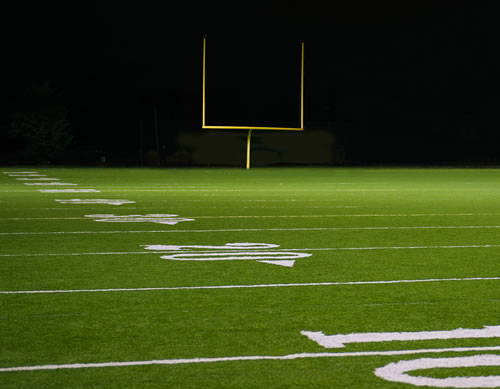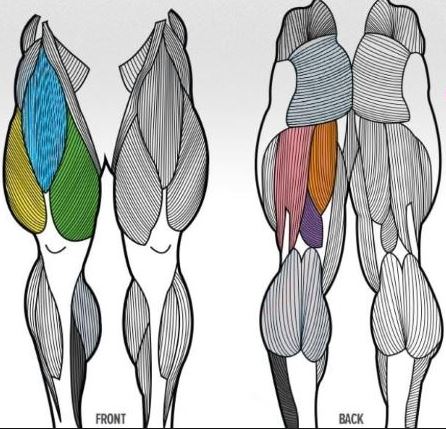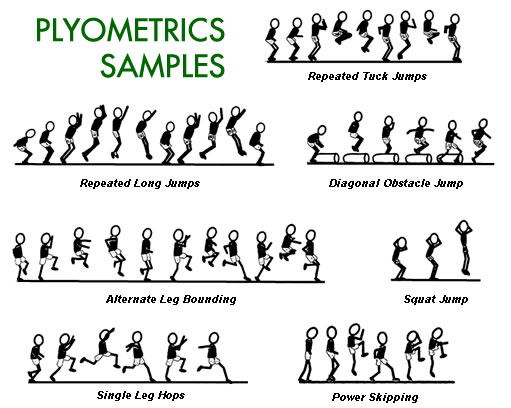How to Kick a Football Farther
How to Kick a Football Farther: Does Bigger Mean More Distance?
I have seen just about every body shape in kickers/punters, and that’s just one thing that makes our position great.
 You do not have to be 6’3″ 220lbs and run a 4.5 40 yard dash. But shouldn’t a big guy like that be able to kick farther than a 5’6″ 150 lb kicker/punter?
You do not have to be 6’3″ 220lbs and run a 4.5 40 yard dash. But shouldn’t a big guy like that be able to kick farther than a 5’6″ 150 lb kicker/punter?
You would think so, but you would also be mistaken. Kicking a football farther comes from a combination of strength and quickness.
I have often been asked the question, “How do I kick a football farther?” and “What are some workouts I can do to get stronger?” I am sure there are a million different answers out there.
For example Durant Brooks, Ray Guy Award winner, attributed extra leg strength to time he spent riding horses growing up. I am not here to tell you that you need to go buy a horse to kick a football farther, but I do have some kicking drills and workouts that may help you gain some distance and height on your kicks/punts.
Get Stronger!
Most people think if they can squat more and their legs are stronger, then they will be able to kick a football farther…well, partially true.
Gaining strength and muscle is important for every position on the football field (really, in any sport for a multitude of reasons). We aren’t just talking about legs. That’s part of the equation, but the kick swing involves the FULL body, so full body workouts and increased strength are critical in general (not just kicking.) In addition to full body strength however, as your legs gain strength your ceiling for what you are capable of continues to rise.
What specific leg muscles need to be strong as a kicker?
 First of all, make sure you do any and all of the workout the rest of your team does. Squats, bench, etc.
First of all, make sure you do any and all of the workout the rest of your team does. Squats, bench, etc.
When putting in extra time in the gym, make sure you focus on muscles you would use when kicking. If you are trying to figure out which muscles those are, go through an imaginary swing.
If you are still not sure, jump in a swimming pool and kick a few in the water. You should feel some spots getting tight after 3 or 4 reps of 10 at a good clip with little rest.
When kicking field goals (especially off the ground), our down swing toward the ball is a bit more controlled and can involve more of the middle to inner quads (blue to green in the front view.)
For kick offs, more of the outer quads come into play as we swing from in a more aggressive ‘heal up’ position (yellow in front view.)
Regardless of the specific down stroke being executed, the main, lower and upper hamstrings come into play on the back swing.
Don’t forget AB work! Strengthening your core helps to drive the overall torque during your full body kicking swing.
Not only can you work on your beach body working on your abs, building strength in your core is also extremely important in kicking/punting.
Building strength isn’t everything though, or else the world’s strongest man could kick the ball. I’d love to see body builder champion Arnold Schwarzenegger kick a 55 yard field goal in his prime….probably not a pretty picture regardless of how strong he was at the time! In addition to overall improvements in body and leg strength, a kicker MUST rely on improved backswing, leverage and overall timing/technique.
Increase Your Back Swing
This one is probably the number one improvement I see for high school kickers. Many kickers naturally have a big back swing. Others have to work at improving this aspect of the kick.
 If you think about it however, it makes sense. Would you hit a punching bag from 2 inches away if I told you to strike the thing with some force? Yes, martial artist Bruce Lee had the famed close punch but let’s be realistic.
If you think about it however, it makes sense. Would you hit a punching bag from 2 inches away if I told you to strike the thing with some force? Yes, martial artist Bruce Lee had the famed close punch but let’s be realistic.
For most people, generating more force is going to require pulling that arm and fist back farther to be able to generate that momentum with the arm.
Now, think about the kick. Would you start the kick with your foot a few inches from behind the ball, or would you draw that foot as far back as you can to produce that extra momentum and pop into the ball?
We have to be careful with this one and it does take some practice and coordination obviously. Drawing the foot back further immediately can create poor or inconsistent contact until you gradually develop that full back swing, but we are talking high level concepts for the purposes of this blog post.
Leverage Your Body
This is probably the number one area of improvement I see for young kickers who rely too heavily (almost exclusively) on the leg during a kick. It’s the 100% swing as I call it. That over the top swing can pay dividends if the ball is struck just the right way (just like that 1 out of 20 full speed golf swing), but how likely is it worth the consistency trade off to go at the ball with reckless abandon?
We certainly don’t want to make 1 out of 10 kicks. Do this and I don’t care how far you can kick the ball, you will not be playing for any head coach I know of.
When I see a kicker ‘swinging for the fences’ with the leg only, it generally results in something of an extreme ‘crunch’ effect. Because there is no upright leverage with arms and overall full body momentum, a ‘crunch’ kicker will generally end up slamming the upper body down to counter that leg effort.
I tell my students to learn to ‘kick tall’ on both field goals and kick offs. Learning to use the body AND the leg during a kicking swing will reduce over time can reduce that 110% swing to around 85 or 90%, which is where I like them to be. When done properly, the full body kick can result in a much more smooth rhythm resulting in more consistent contact while yielding equal or even greater distance.
Lock The Leg At Impact
When you begin to kick from a more leveraged and ‘taller’ position, you actually find room to lock the leg at impact with the football. We refer to this as ‘leg lock’ which draws comparisons to throwing a baseball as far as you can.
Would you throw a baseball ‘far’ without locking your arm out fully when releasing the ball? No, you wouldn’t. Why? Leverage makes a play here. Would you hit a baseball with a crooked or floppy baseball bat? Again, no.
Lock the leg at impact! Students who kick with a ‘bent leg’ at impact with the football are simply not creating that ‘pop’ to generate and release energy into the football. The ‘drag kick’ as I refer to it creates a kick that is just not fully baked. It’s a huge loss in distance so work to lock that leg when kicking.
Kick With Your Foot ‘Bone’
When you kick a football soccer style, where are you making contact on the foot exactly? Surprisingly, many kids (and good varsity kickers looking to move beyond 45 yard field goals) often point to an area of their foot that is slightly closer to the toe rather than the ankle (or closer to the end of the leg.)
Think about this one. Your foot flexes and impact. The further down the foot we make contact, the more energy transfer we lose in with that foot.
There is an area of the foot, a bone called the ‘Navicular’ and that is where I would focus. We wrote a whole post on kicking with that bone as the target point on the foot.
Strike the Ball Higher
We’ve talked about adjustments to the sweet spot of the foot. Kicking with the Navicular bone is critical to maximize impact and distance. However, is there a sweet spot on the ball itself?
Yes, well, sort of. There is an area between the middle of the ball and the tip of the ball. I call it the bottom third and it’s more of a range than an exact ‘spot.’
This is where the whole concept of ‘the feel of a kick’ comes into play. It’s something that you’ll have to experiment with after you get the kicking bone spot headed in the right direction. However, the general idea is that the lower contact point of this range sends the ball higher, and the higher contact point (too high and you will knuckle ball your kick) the lower and longer the kick.
Again, this is just one of many elements that when combined with all the others discussed on this page, will improve distance and allow you to over time, kick the football farther than you are today.
Improve Your Leg Speed & Quickness
 It’s one thing to get stronger, it’s another to develop quickness over time.
It’s one thing to get stronger, it’s another to develop quickness over time.
I believe quickness is the most important aspect of being able to kick a football farther. Smaller guys can make up for the fact that they have less strength by being much quicker from their back swing to making contact with the ball.
As I mentioned in the strength section, think about what muscles you use when kicking and punting. Pulling your leg back quickly with your hamstring, hip, and groin, and then swinging down and through the ball with your hip, groin, quad, and abs.
Explosive lifts and plyometrics are great for building quickness. Some typical workouts would be hang cleans and box jumps. A less known workout to help you build quickness in the right areas is to take a resistance band…place one end on your kicking foot and the other end to a stationary object. Use the band as resistance as you go through your back swing. Then turn around and use the band as resistance for your downswing and follow through.
Putting all of this together will help you kick a football farther, get better height, and become an overall better athlete. If you have some workouts or tips for how to kick a football farther, please leave your comments on our kicking forum.
